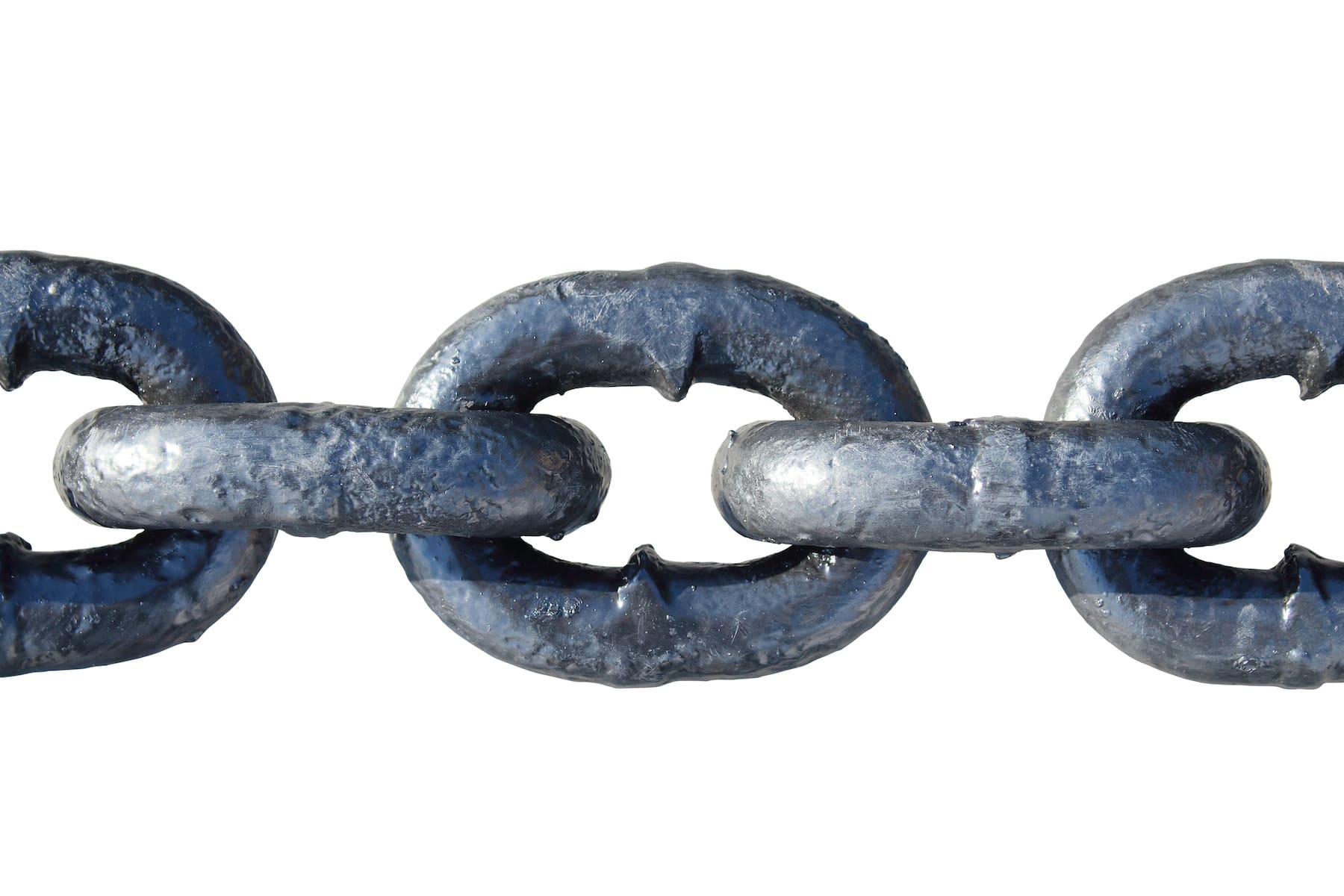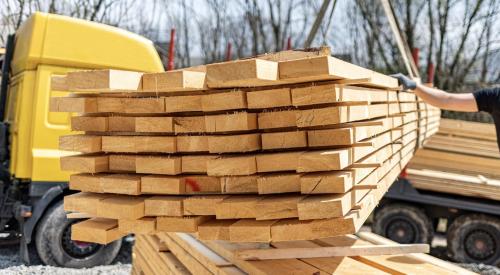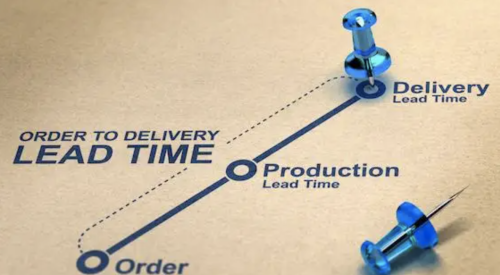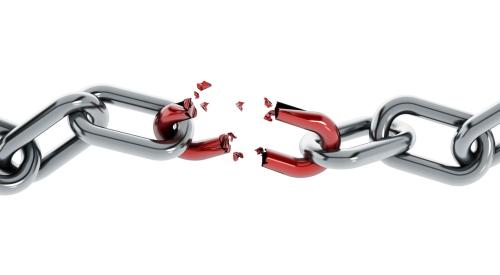Just-in-time delivery and paying the cheapest price is no longer the way to go for a supply chain model and another industry, high tech, could be an example of how home builders can use data to render supply chain issues more visible to make better decisions.
Greg Leung is the CEO of Connect Homes, a Colorado-based builder delivering high-tech housing solutions, who also spent more than a decade at Apple as senior director of worldwide supply demand management. He says that technology has a much more global supply chain and that it has a lot more components than housing, pointing out that housing is much simpler.
“Supply chain management is all about information and decision making,” Leung said. “In technology, over decades of management, there is a great deal of information and stakeholders have learned to use data to make decisions on supply chain visibility and inventory, which means it can be managed better. The building supply chain isn’t as advanced. It has lots of blind spots, which makes it difficult to manage and it can cause bullwhip affect.”
A good example of the bullwhip effect was lumber during the pandemic. Builders started to fear a shortage, they stocked up, it exacerbated the shortage, prices went up, then manufacturers ramped up production. The increased production can then lead to a glut of lumber, which would then lead to dropping prices. It starts with a small disruption, and gets amplified with customer buying behavior.
Leung says the anecdote to bull whip effect is more information. In the lumber example, suppliers could proactively smooth out the peaks and valleys if they had the right information, but he says access to data in housing isn’t sophisticated enough.













